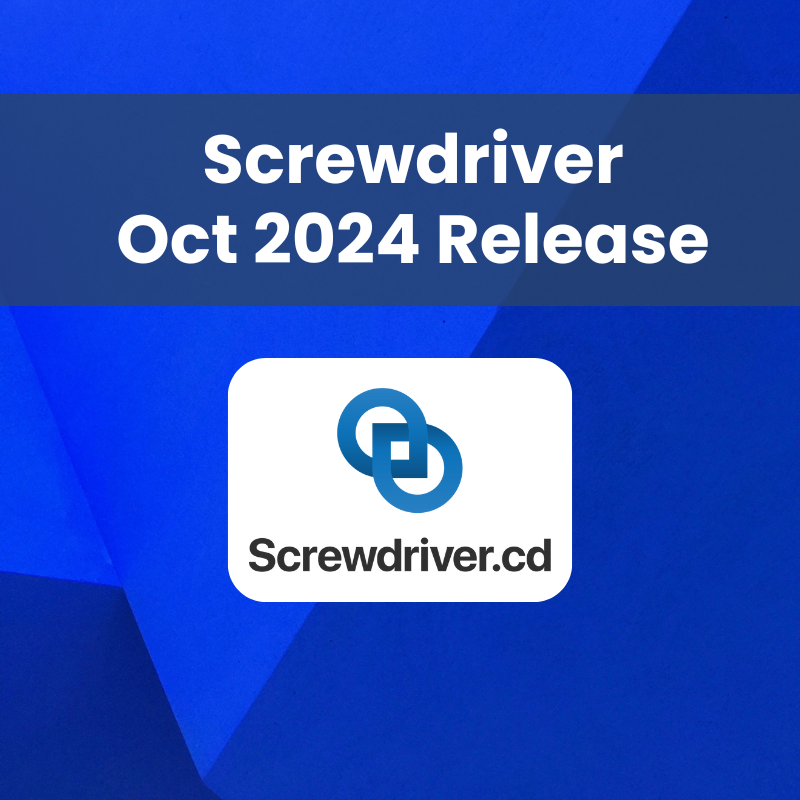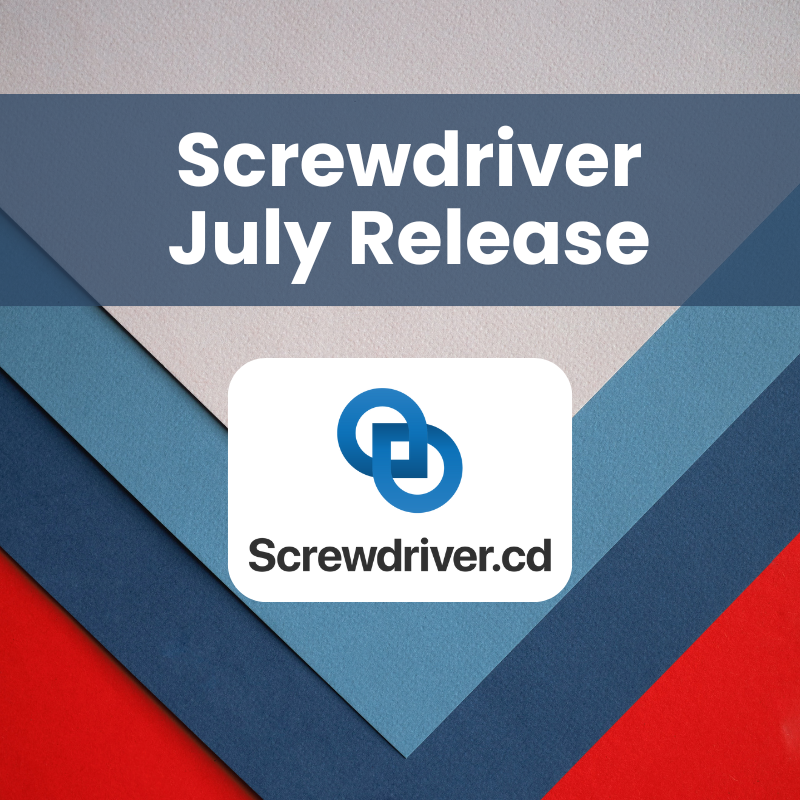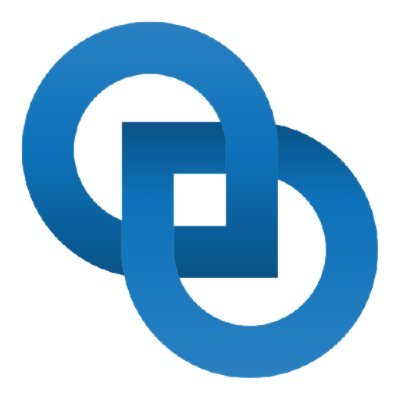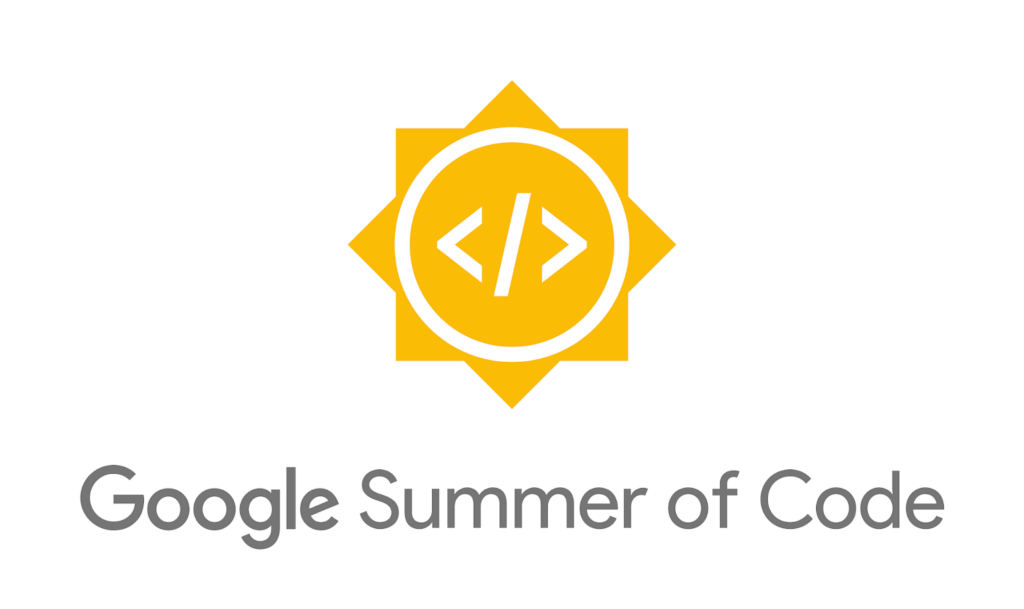










The CD Foundation has joined the list of organizations participating in Google’s Summer of Code (GSoc) this year. GSoC is an annual program aimed at bringing more student developers into open source software development. The CD Foundation projects Spinnaker and Screwdriver joined long-time participant Jenkins in providing mentors for a number of projects for students interested in continuous delivery and software pipeline infrastructure.
In total, 7 Jenkins projects, 2 Spinnaker and 1 Screwdriver project were accepted in this summer’s program. Mentors from many different organizations around the world are pitching in, including CD Foundation ambassadors.
“The CD Foundation is dedicated to supporting open source continuous delivery projects worldwide. Part of that mission includes supporting and encouraging the next generation of talented developers worldwide, said Tara Hernandez, Senior Engineering Manager, Google Cloud Platform and CD Foundation Technical Oversight Committee member. “Thank you to the students and mentors who work tirelessly to create and innovate for the GSoC. We hope everyone has a fantastic time coding and learning this summer. Congratulations!”
The following is a list of the projects accepted and links to each project description and associated mentors.
Jenkin’s Projects
Loghi Perinpanayagam – Jenkins Machine Learning Plugin for Data Science
This project provides a plugin for data scientists to integrate Machine Learning Workflow with Jenkins.
Kezhi Xiong – GitHub Checks API for Jenkins Plugins
The GitHub Checks API allows developers to report the CI integrations’ detail information rather than binary pass/fail build status on GitHub pages.
stellargo – External Fingerprint Storage for Jenkins
File fingerprinting is a way to track which version of a file is being used by a job/build, making dependency tracking easy.
Rishabh Budhouliya – Git Plugin Performance Improvement
The principles of micro-benchmarking were used to create and execute a test suite which involves comparison of GitClient APIs implemented by CliGitAPIImpl and JGitAPIImpl using “average execution time per operation” as a performance metric.
Buddhika Chathuranga – Jenkins Windows Services: YAML Configuration Support
Enhance Jenkins master and agent service management on Windows by offering new configuration file formats and improving settings validation.
Zixuan Liu – Jenkins X: Consolidate the use of Apps / Addons
The main aim of the project is to consolidate Apps and Addons inside Jenkins X to avoid confusion.
Sladyn Nunes Custom Jenkins Distribution Build Service
The main idea behind the project is to build a customizable Jenkins distribution service that could be used to build tailor-made Jenkins distributions.
Spinnaker Projects
Victor Odusanya – Drone CI type for Spinnaker pipeline stage
Add Drone build type as a Spinnaker pipeline stage type.
Moki Daniel – “Continuous Delivery, Continuous Deployments with Spinnaker”
This project idea will aim at ensuring continuous delivery and continuous deployments, bringing up automated releases, undertaking deployments across multiple cloud providers, and mastering the best built-in deployments practices from Spinnaker.
Screwdriver Project
Supratik Das – Improve SCM Integration
The two key areas where Screwdriver will be improved are introduction of deployment keys for seamless handling of private repositories and triggering of builds from external SCM repositories.
Thank you to all participants! We look forward to getting updates and information on progress over the summer. For more details, please continue to visit the CD Foundation blog.